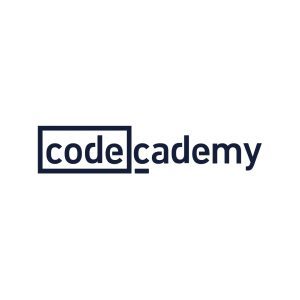In this course we are going to look at GLSL ( OpenGL Shading Language) to create amazing effects.
Maybe you are
a designer who has seen some terrific, cutting edge websites using cool transitions and wondered how it was done. You may have heard about WebGL and know that you can use some simple THREE.js code to do some remarkable things.
a developer trying to visualise some data in a striking way.
a game developer wanting to add some custom effects to your 3d objects surfaces.
GLSL is how you can use OpenGL to display a surface. The code syntax is based on the C language, but fear not, we will assume you have literally no knowledge of this language at all and we will, as the course title states, learn this from scratch. GLSL uses the GPU ( the Graphics Processing Unit) to handle multiple programs at the same time, so it is unbelievably fast.
In the course we will be writing code for the browser, because this allows us to focus on GLSL, without needing to worry about installing any additional software. We will be using the THREE.js WebGL library and CodePen so you can instantly edit the source and see the results, needing nothing other than a browser to experiment. Only a small amount of Javascript is used but this will be explained thoroughly as it comes along. But you can also use what you learn about GLSL in a C/C++/C# program or a Python program.
We will start from really simple examples and progress slowly through each stage of developing a custom shader. You will be able to play with the shader code on CodePen, so you can experiment with different values to see the impact it has on the end result.
GLSL shaders are split into vertex shaders and fragment shaders and we will focus initially on the fragment shader, working essentially in a 2d environment. With dozens of shaders in the course resources you will learn the language in gentle stages.
Creating your own shaders means understanding the GLSL language and that is the aim of the course. You could search for a suitable shader on ShaderToy, ShaderFrog or glslViewer and then try to adapt the code. But without knowing the language you are going to find that difficult to do. To really be effective you need to know about the GLSL language, shaping functions, tiling, polar coordinates and lighting calculations. To do this you will need to follow along with the course and complete the many challenges suggested. At the end you will then be able to create any shader that you can imagine.
As usual there is a 30 day money back guarantee. So you have nothing to lose. Let us get shading today!
Who this course is for:
Web developers looking to use the latest techniques to make stand out websites.
3d developers needing to create their own shaders.
–




There are no reviews yet.